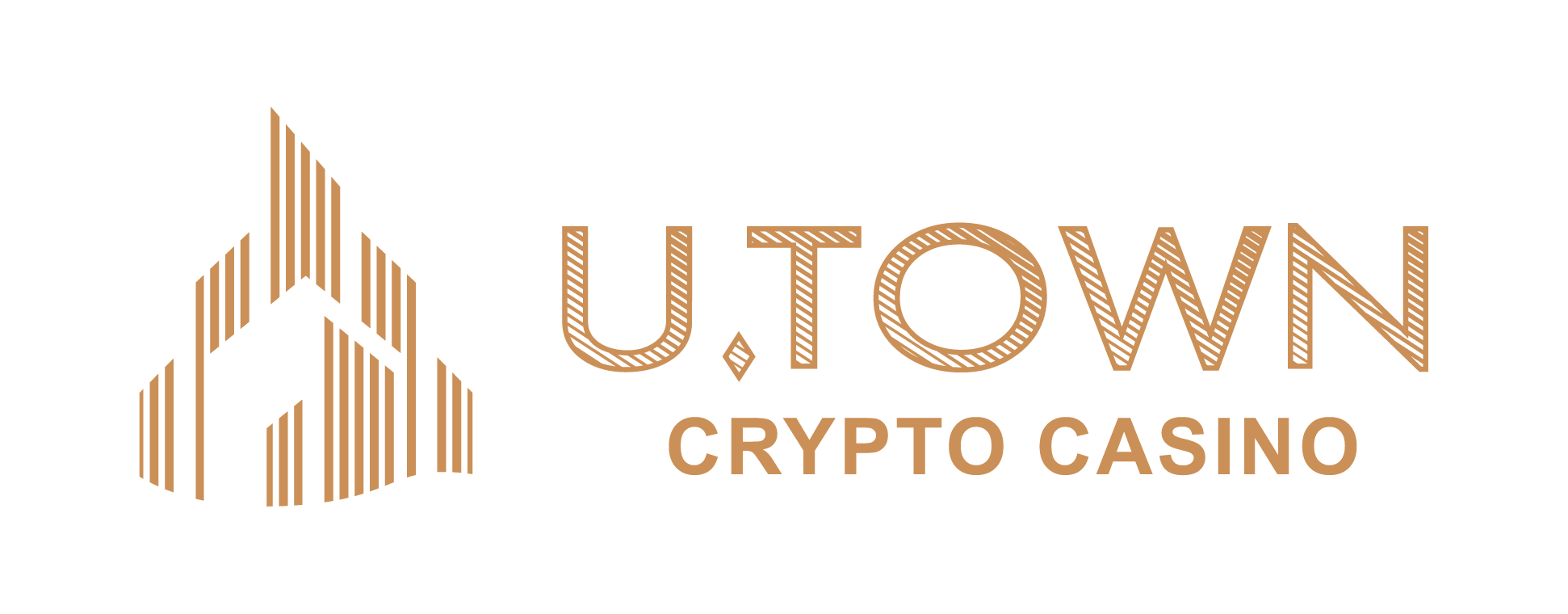Do Kwon, the founder of Terraform Labs, which powers the Terra blockchain, said the Bitcoin market is “liquid” enough to handle any potential de-pegging of its stablecoin.

1.Bitcoin
“People need to have a little bit more faith in crypto,” the South Korean entrepreneur said during an interview Monday on Bloomberg Quicktake. “If you look at Bitcoin, it turns over more than $20 billion per day and I think with time, it’s going to be even more liquid.”
2.
Terra has been the talk of the cryptocurrency market since Kwon announced last month that it will eventually buy $10 billion in Bitcoin to serve as a reserve to back its decentralized stablecoin. The coins are used to facilitate trading on exchanges by minimizing the volatile price swings seen by most cryptocurrencies. Kwon’s Singapore-based Luna Foundation Guard has helped purchase more than $1.4 billion of Bitcoin so far.
3.
“Even if a stablecoin were to de-peg over time and those reserves would be used to defend that peg,” Kwon said. “I think [the Bitcoin market] would more than easily be able to absorb the Bitcoin that enters the market.”
The UST stablecoin, now with a market value of more than $16 billion, is not backed by a fiat currency like centralized stablecoins such as Tether. It has been able to maintain its peg to the dollar by issuing and destroying Luna tokens, Terra’s native cryptocurrency. For every new UST created, $1 worth of Luna is burned on the Terra blockchain. A Bitcoin reserve is designed to help improve UST’s ability to keep its dollar peg.
After an initial $3 billion “bootstrap” Bitcoin purchase, Kwon said the reserve will add Bitcoin through seigniorage, or the using of the profit made while issuing a currency because of the difference between the face value of the currency and the production cost. For every UST minted, funds will be used to purchase more Bitcoin for the reserve, he said.
“The important thing to remember about Terra is that is a decentralized stablecoin in the sense that it has no issuer,” Kwon explained. “If you were holding some sort of centralized collateral…bonds, Tether stablecoin, or [Circle’s USDC], in that case, whoever is holding the largest amount of these reserves would be subject to censorship, and would defeat the entire purpose of having decentralized stablecoin in the first place.”
